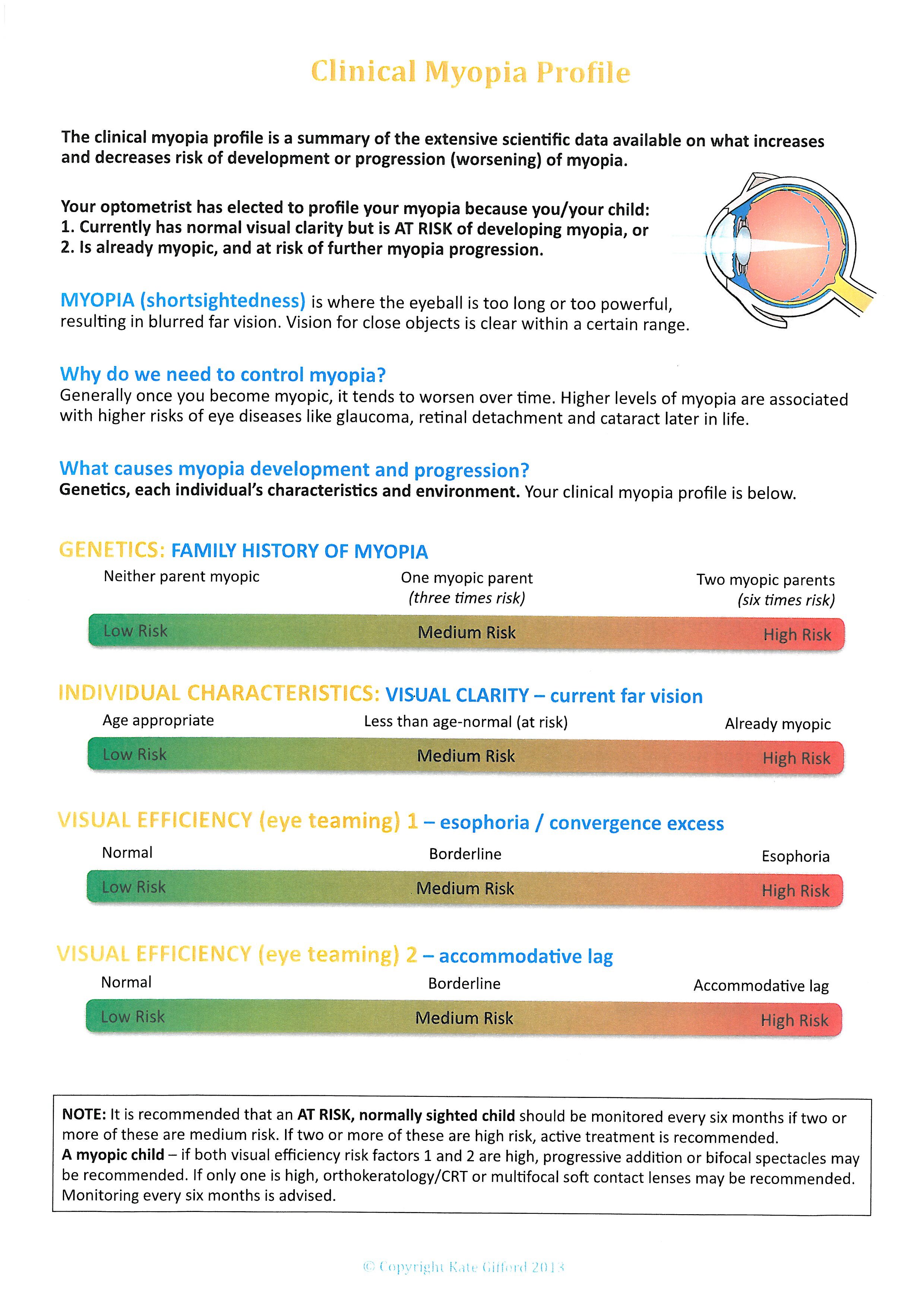Many NSW swimmers will know of James Pittar, he's a bit of a legend. He first became known in 2000 when he featured in a Martha's Vineyard local paper. He had completed a 15 mile swim across the Muskeget Channel from Martha's Vineyard to Nantucket.
Over the years, James has completed marathon swims on every continent. Why is that remarkable? Because James Pittar is blind. In doing what he does, James shows everyone that disability does not preclude one from having a go.
James Pittar on the beach on Marthas Vineyard after swimming the Muskaget Channel in 2000.
In doing his marathons, James swims with an escort paddler, who is equipped with a whistle: one blow for right (or maybe left); two blows for left (or maybe right); three blows for “Shark”, although James used to say he had never heard that one.
James is a big bloke: very tall, with long arms. He has a devastating left arm, which skims like a Scud missile across the surface of the water, ready to clock any idiot who gets in its way.
Anyway, James Pittar has written a book about his life. It’s titled, Blind Vision. Blind Vision is published by Inspiring Publishers. You can find out more about it, and order it… Click here








